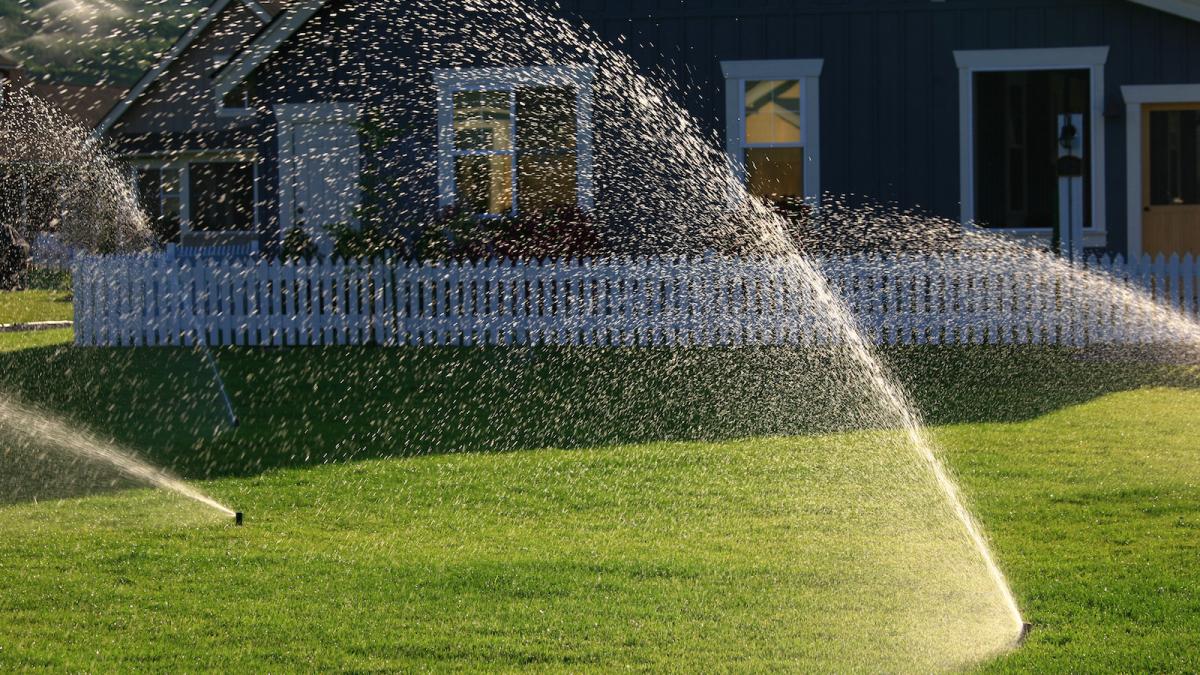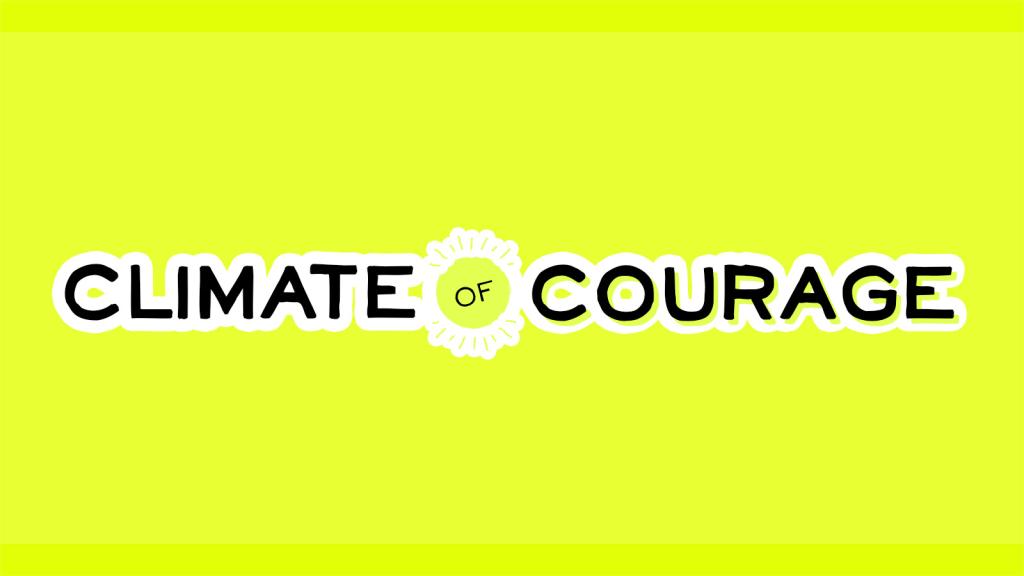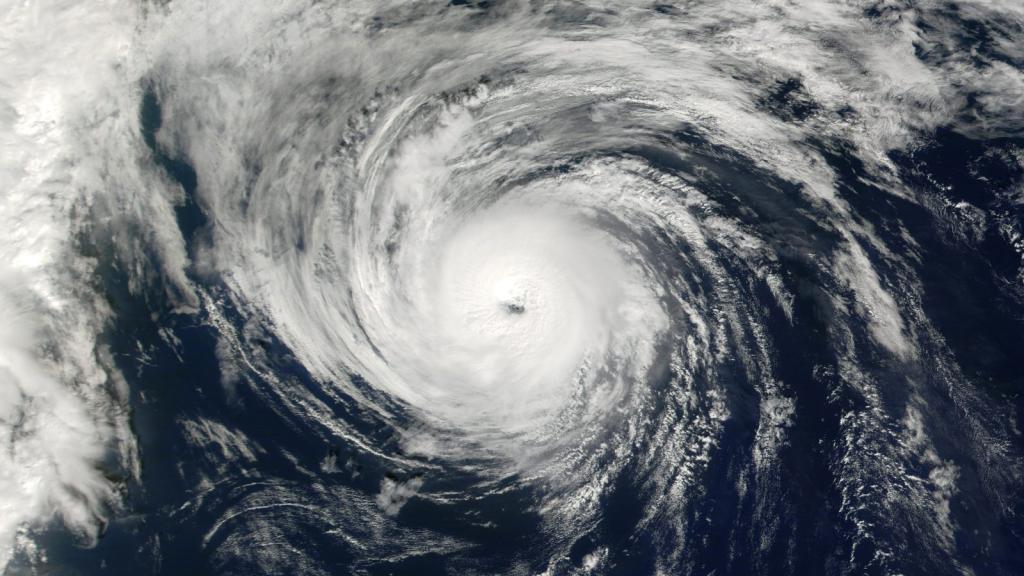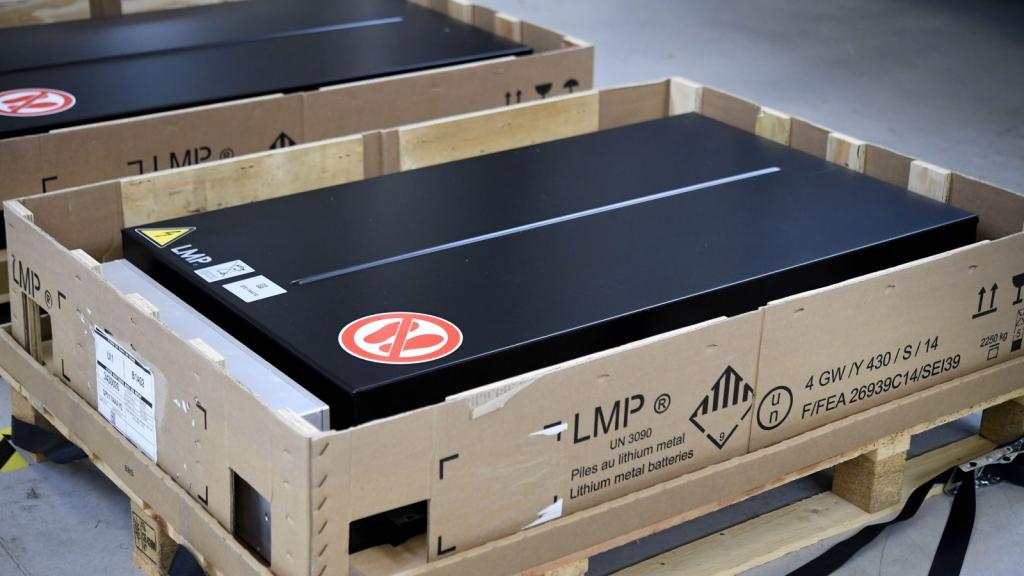As a new homeowner, my strategy for finding a house was probably a little different than most: I looked for the one with the smallest lawn I could find.
The privilege of homeownership is increasingly rare these days, and I wanted to make sure my little plot of land would have a net benefit to my city and the environment. My city, St. Paul, Minnesota, bills itself as “the most liveable city in America.” I want to help make that statement a bit more true. My strategy: Rip out my grass lawn as soon as possible.
Lawns do provide some benefits: Green spaces help reduce the urban heat island effect, lowering the temperature of the entire metro area. Lawns can help restore groundwater and reduce urban flooding, and because they’re plants, they help pull a small amount of carbon dioxide out of the air. Plus, they are generally pleasing places to play.
But, on balance, lawns are awful for the planet. Our addiction to lawns means that grass is the single largest irrigated agricultural “crop” in America, more than corn, wheat, and fruit orchards combined. A NASA-led study in 2005 found that there were 63,000 square miles of turf grass in the United States, ... Read more




